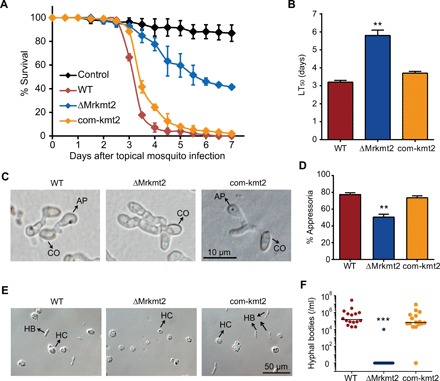Fig. 2. ΔMrkmt2 exhibits severe defects in fungal pathogenicity.

(A) Survival of A. stephensi female adults following topical application of suspensions of 1 × 107 conidia/ml of the WT, ΔMrkmt2, and com-kmt2 strains. Control mosquitoes were treated with 0.01% Triton X-100. Each treatment was replicated three times, with 50 mosquitoes per replicate. (B) LT50 values of WT, ΔMrkmt2, and com-kmt2 strains against mosquitoes. (C) Microscopic observation of fungal appressoria induced by the cicada hindwings. CO, conidium; AP, appressorium. (D) Percentage of fungal conidia forming appressoria relative to total conidia induced in MM2-Gly on hydrophobic surfaces in plastic plates. One hundred conidia per plate were counted. Microscopic observation (E) and quantification (F) of fungal hyphal bodies in the silkworm hemocoel 72 hours after topical infection with 1 × 107 conidia/ml of the WT, ΔMrkmt2, and com-kmt2 strains. Sixteen silkworms were detected for each treatment. HB, hyphal body; HC, hemocyte. Data are shown as means ± SD of three technical replicates. Double and triple asterisks represent significant differences in mutants compared with that in WT determined by Student’s t test at P < 0.01 and P < 0.001, respectively. The experiments were repeated three times with similar results.
